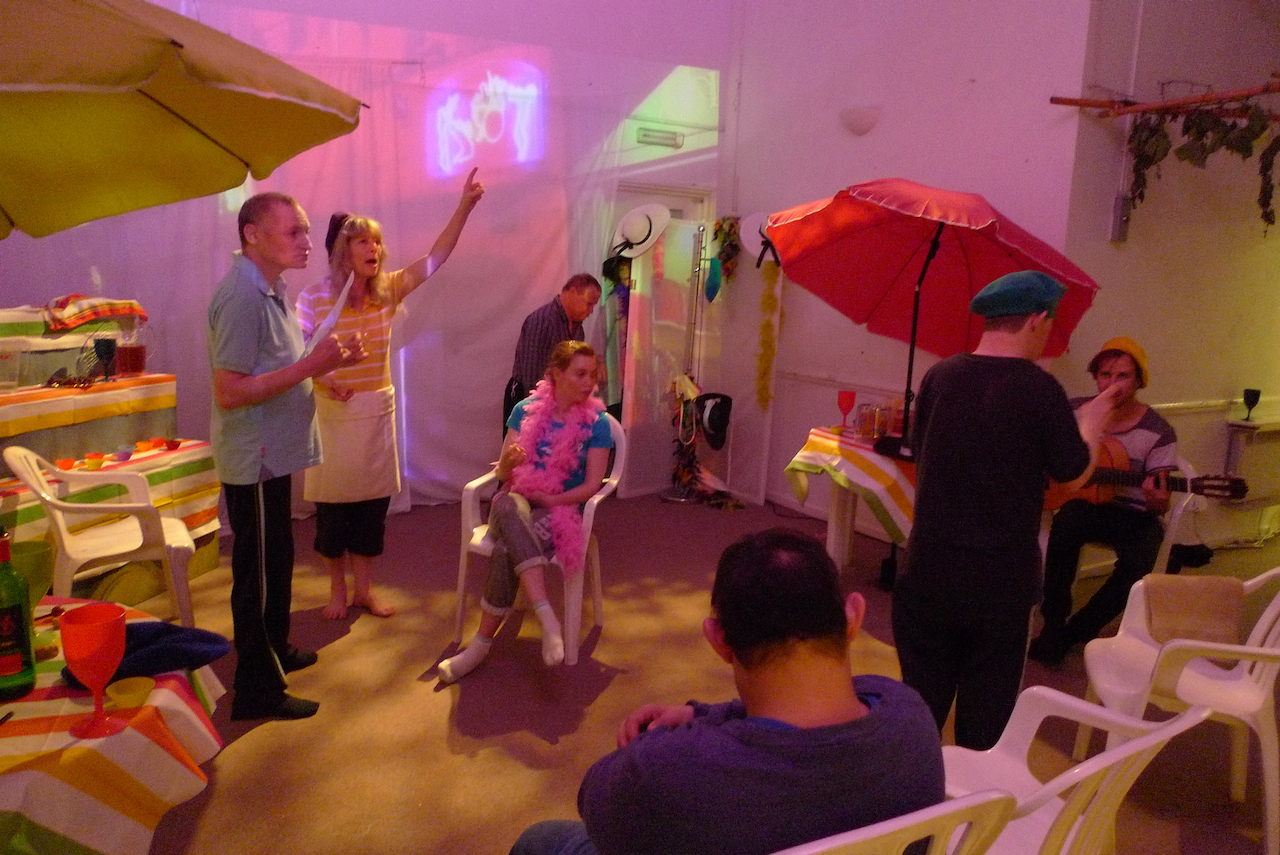Shopping
Taking an everyday event and drawing out elements that will make it
accessible to all participants is an excellent starting point for creating a
multisensory experience which will be highly motivating for a wide range of
engagements. Shopping is an activity with which everyone is familiar, though
many are 'taken shopping', it is a passive experience, with little
participation, self-advocacy or choice-making. When devising a 'shopping'
experience, choose a subject that will offer a range of access levels. Set the
scene using props inspired by your chosen environment, i.e. shoe shop, bookshop, market, café.
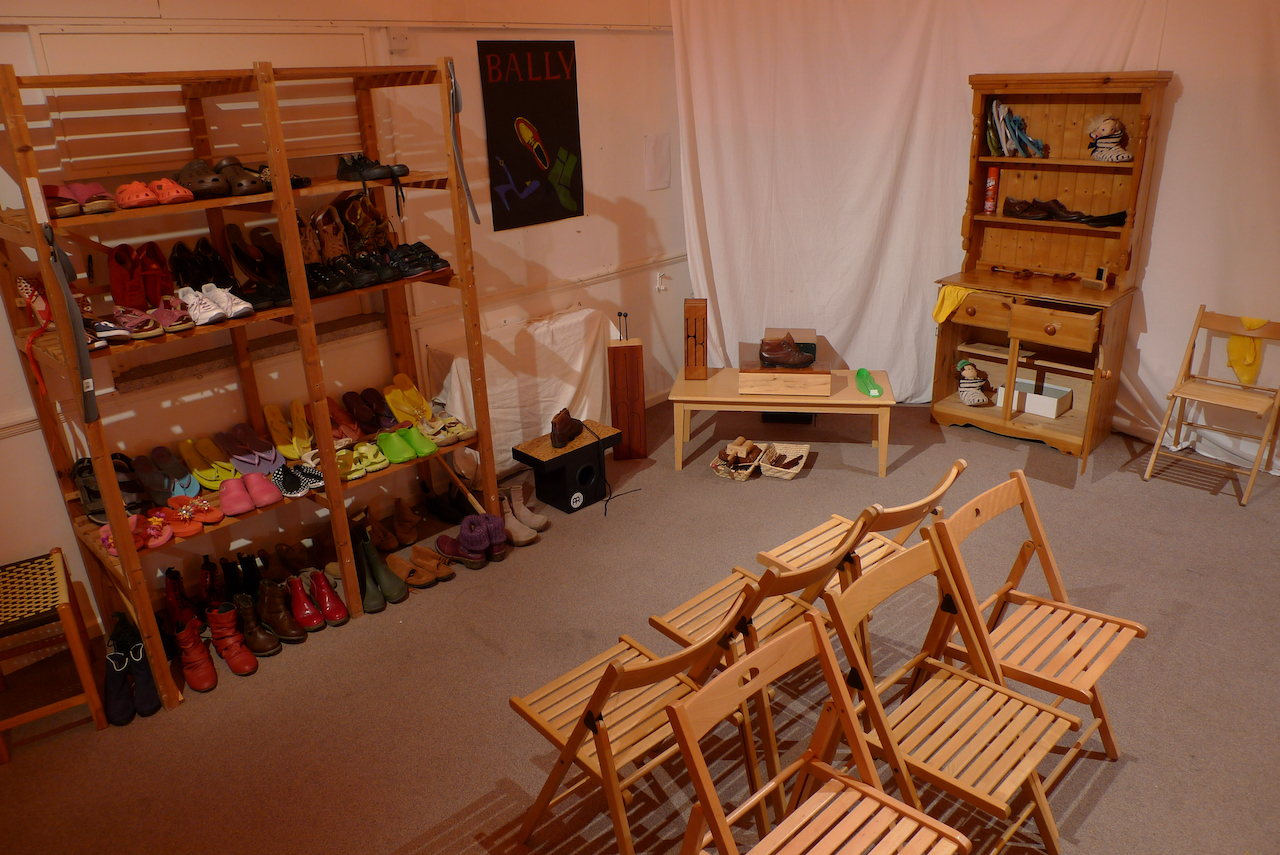
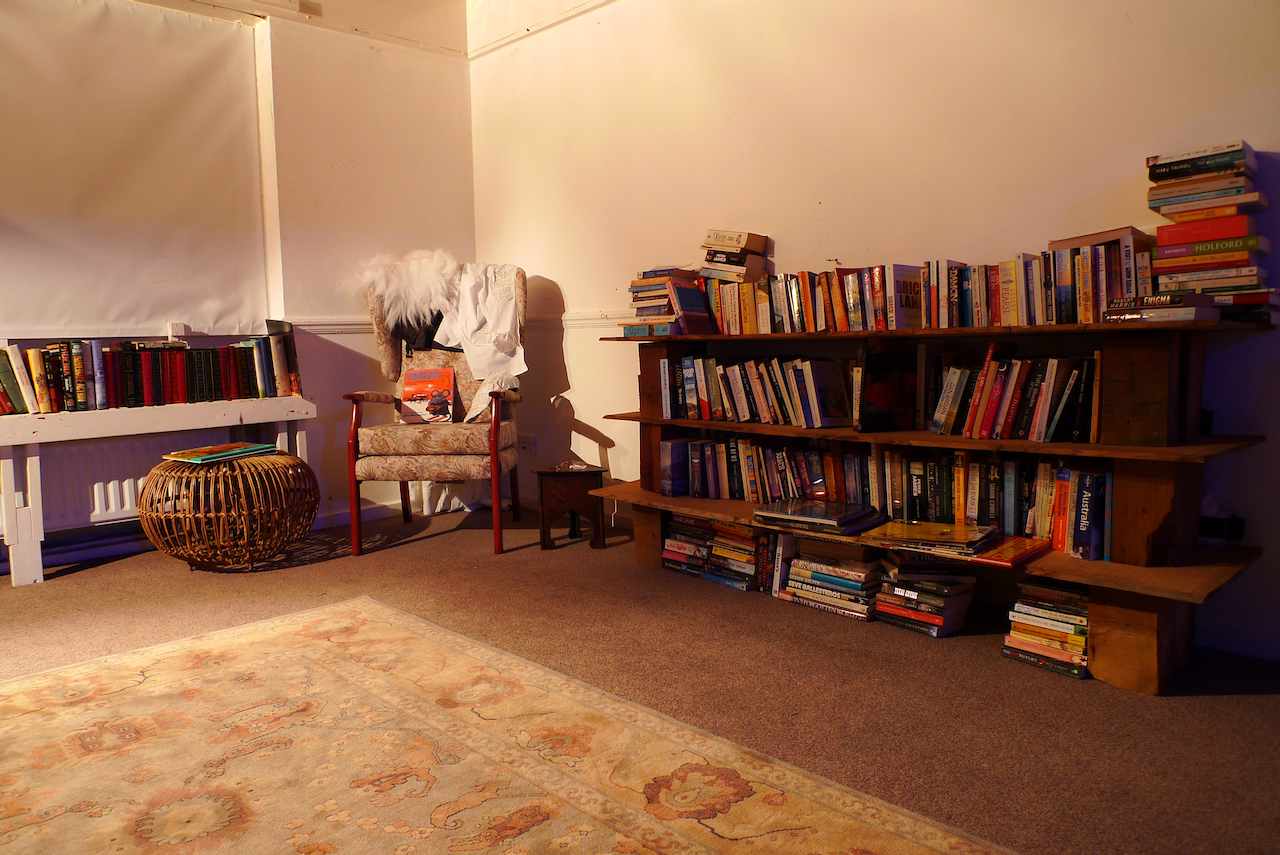
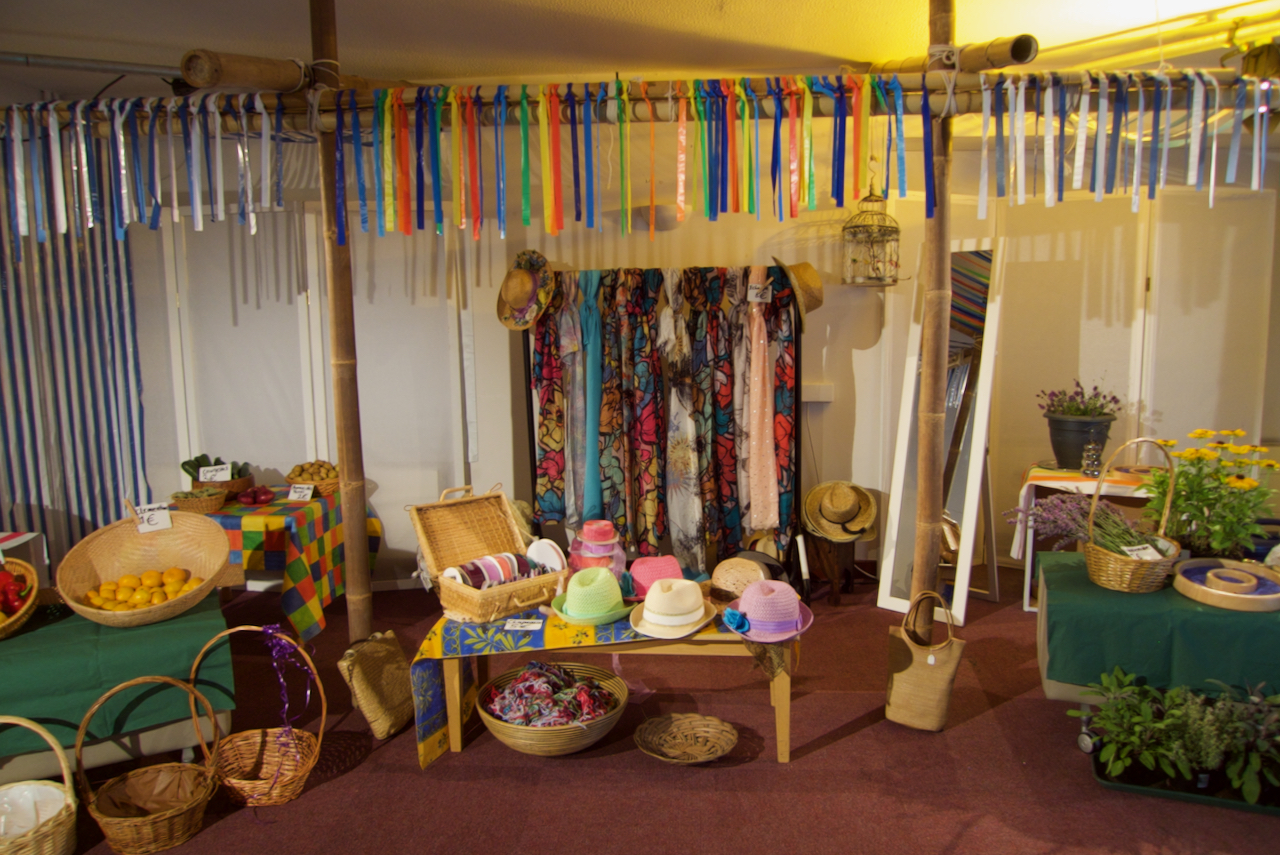
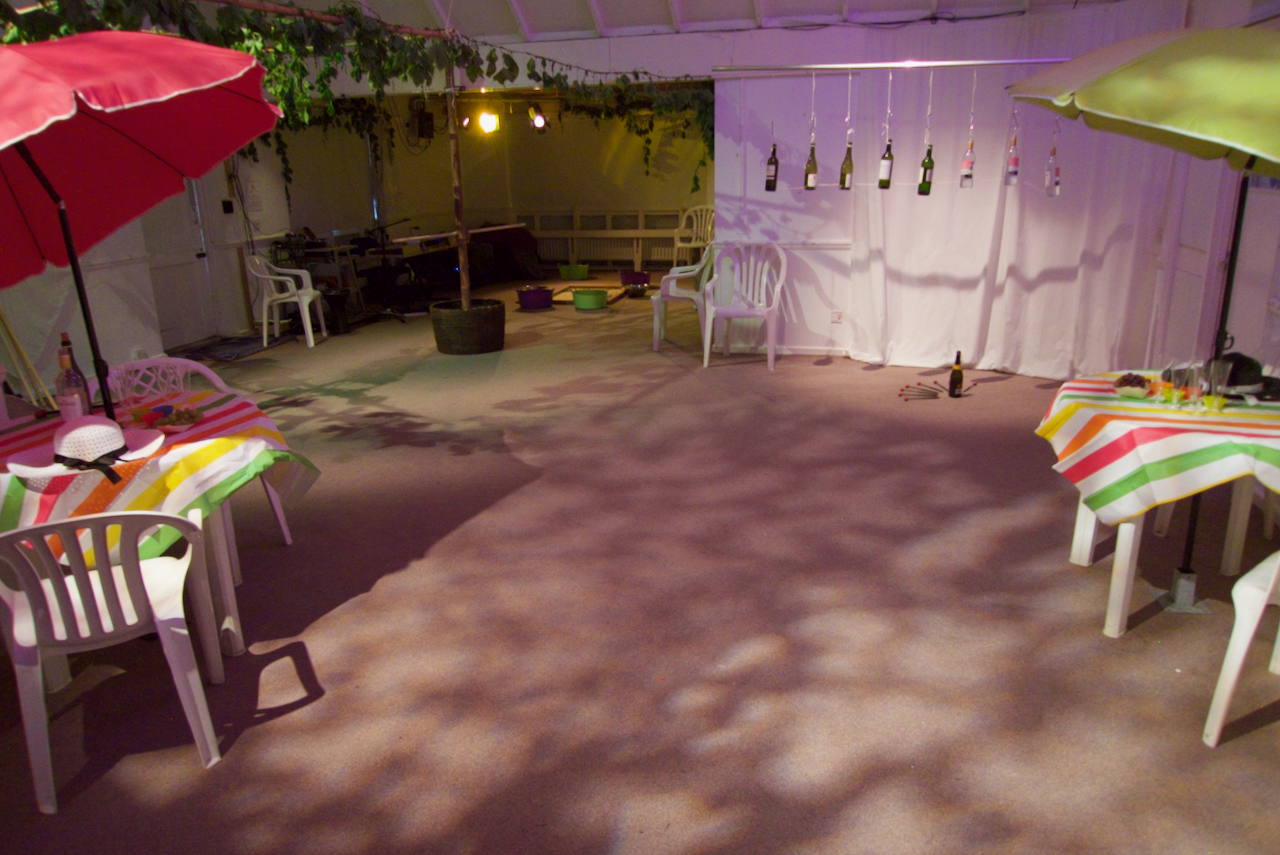
●
Create a
welcoming environment - props clearly displayed and easily accessible, at
different heights

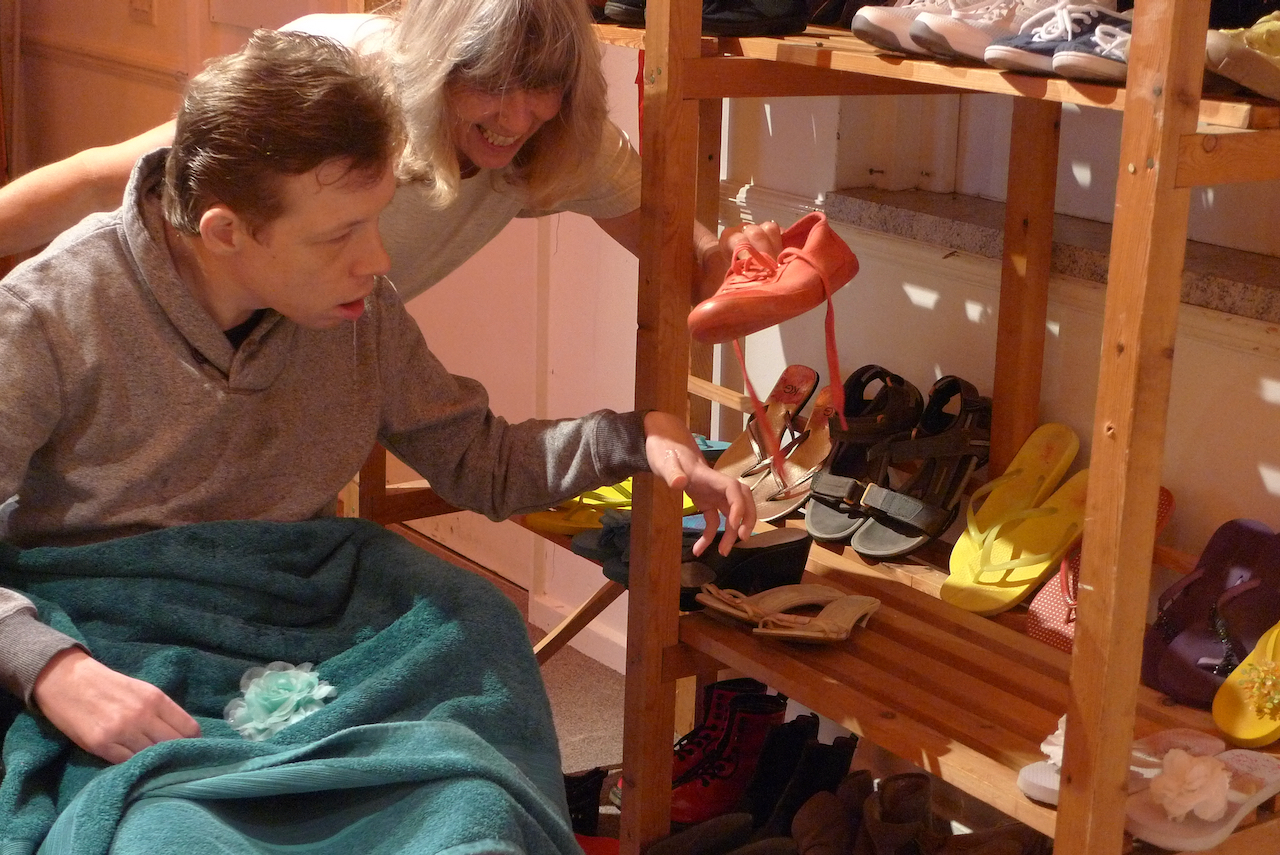
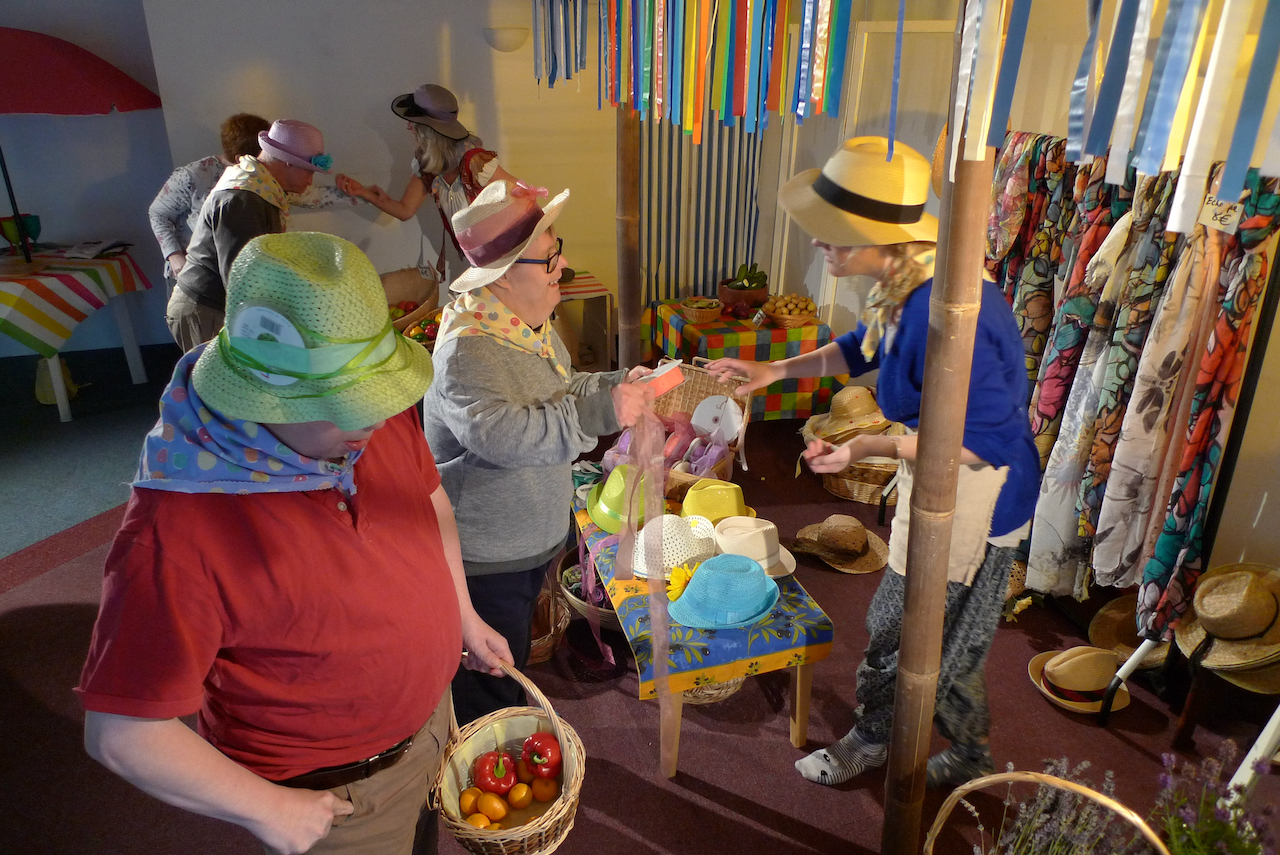
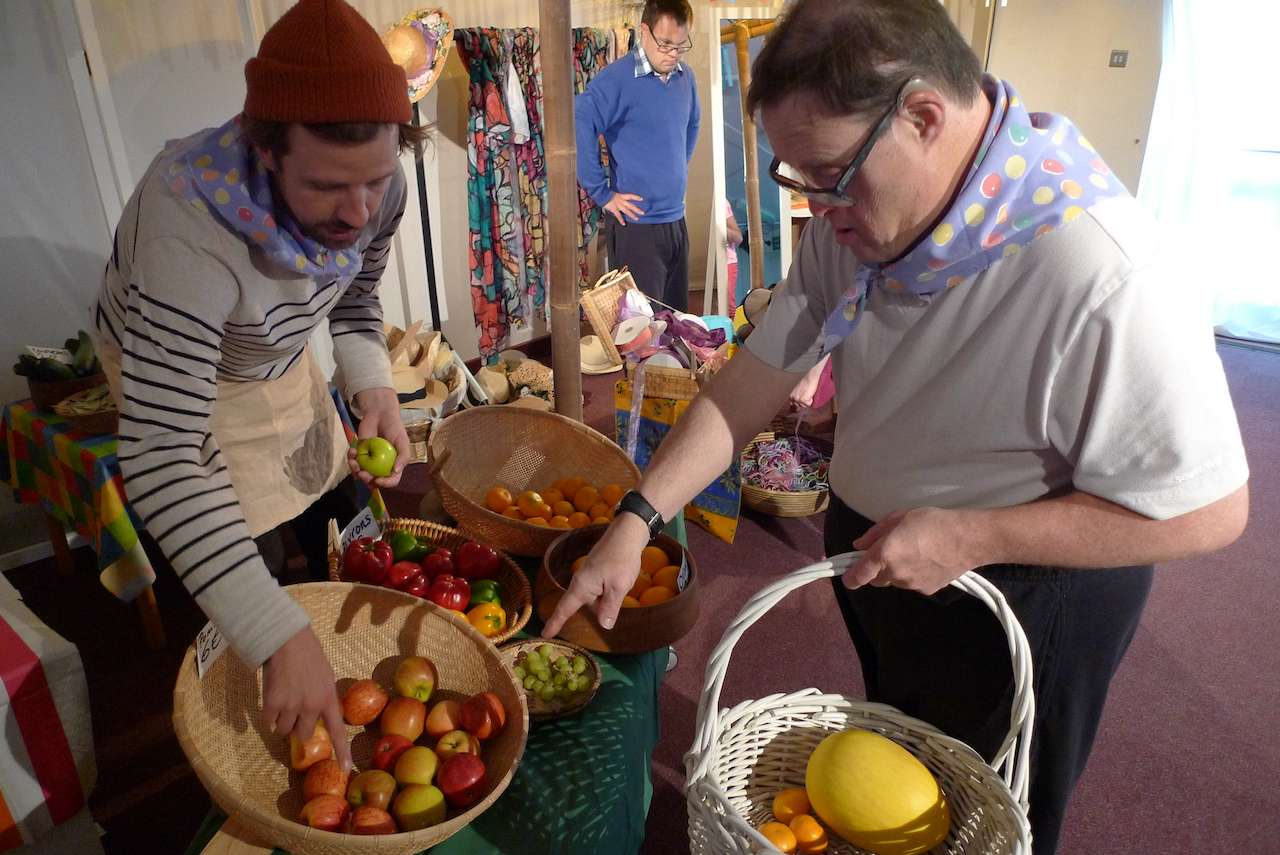
Think about using projections or SFX to the set scene
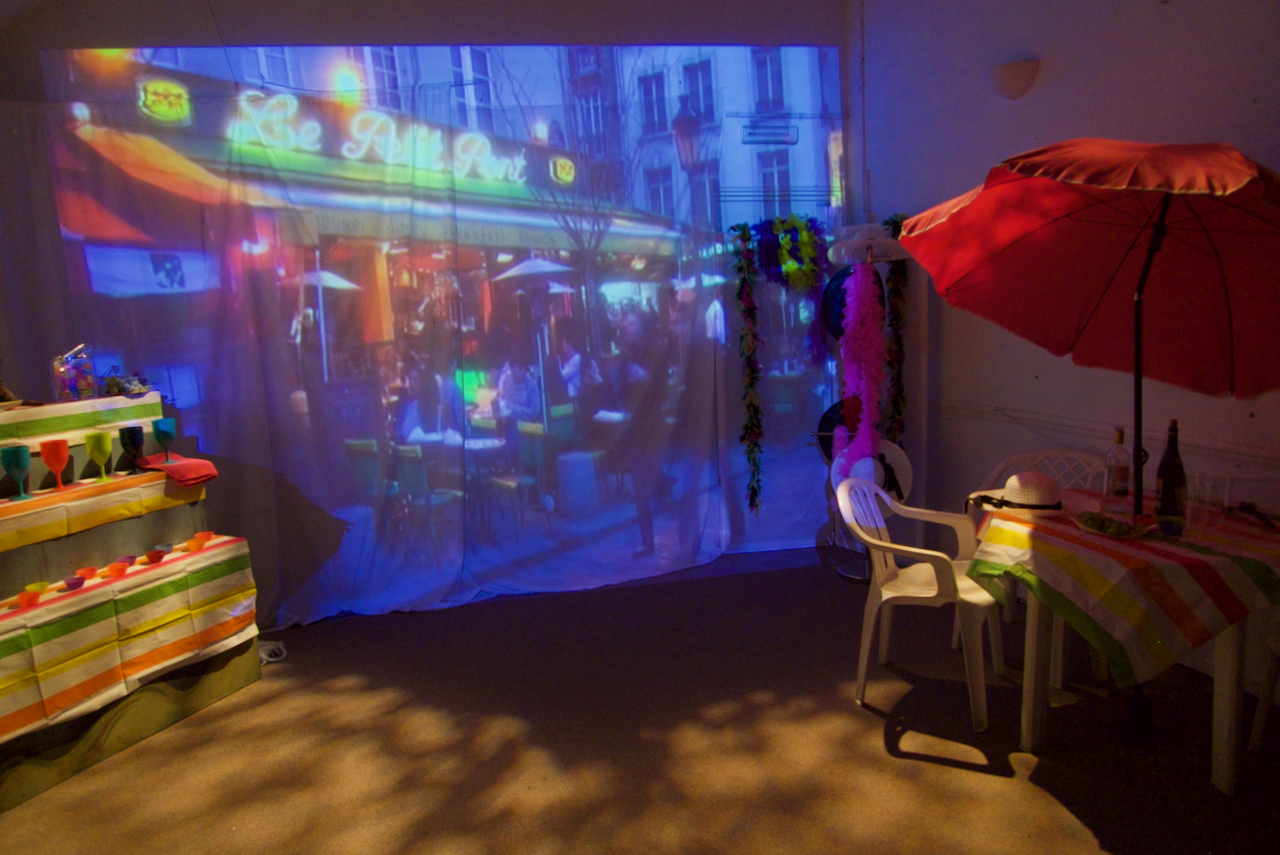
Use a character
to greet and guide people through the activities available -
shopkeeper/waitress/bartender
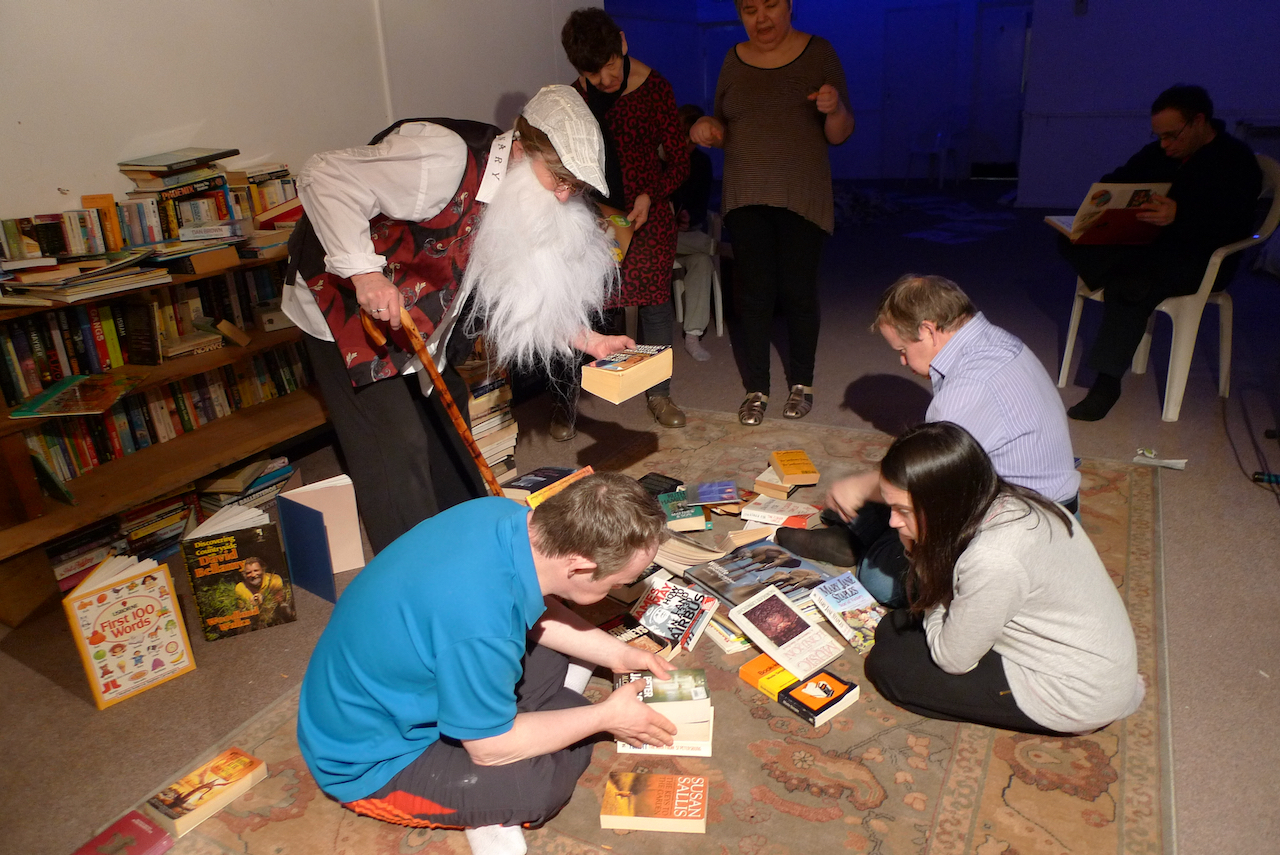
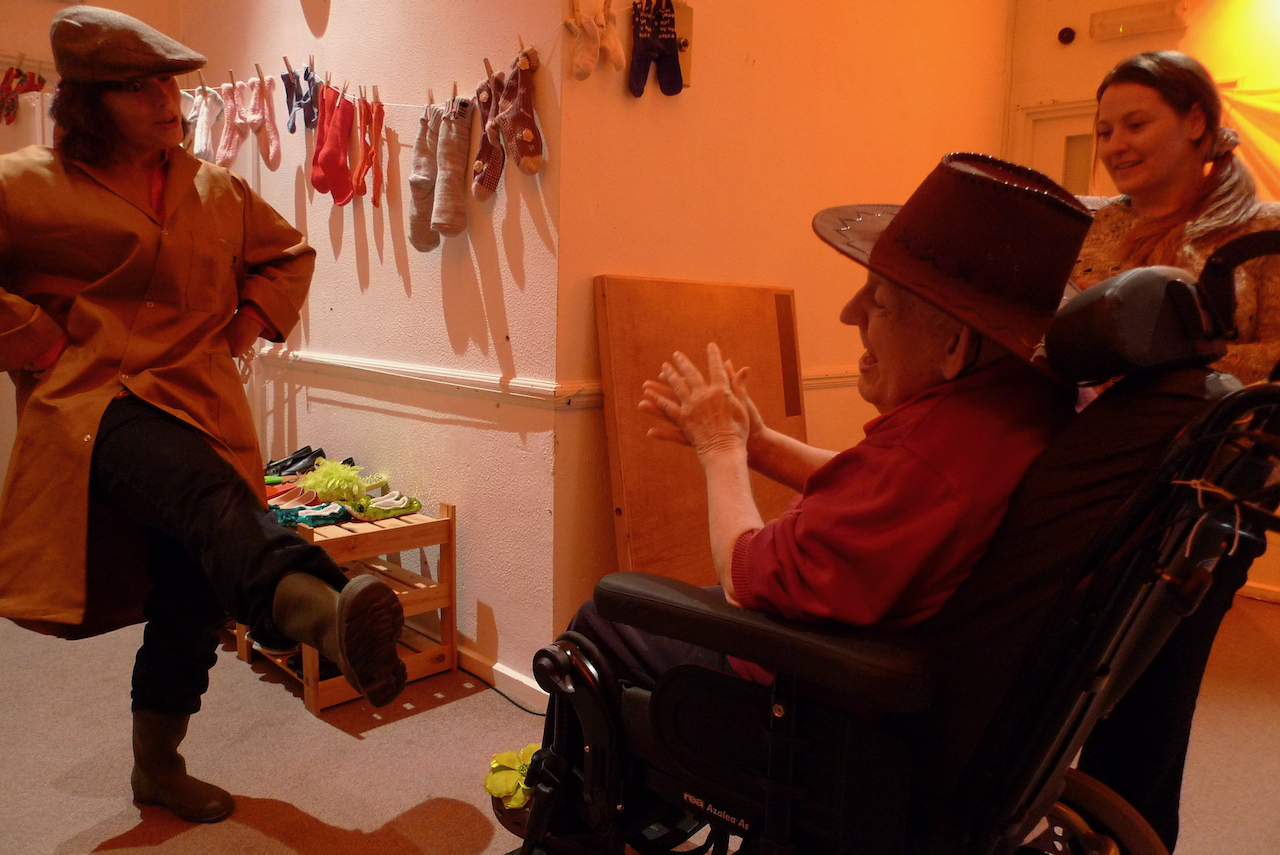
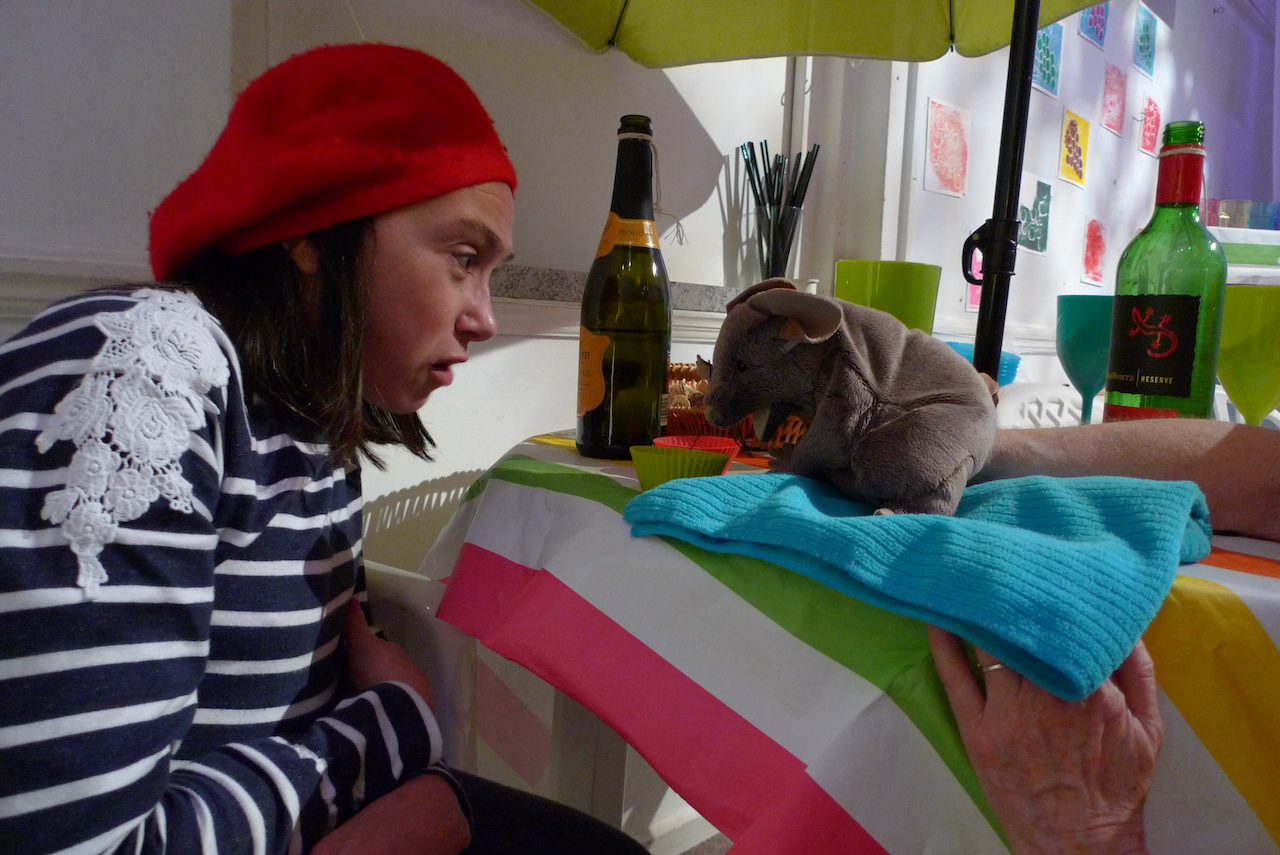
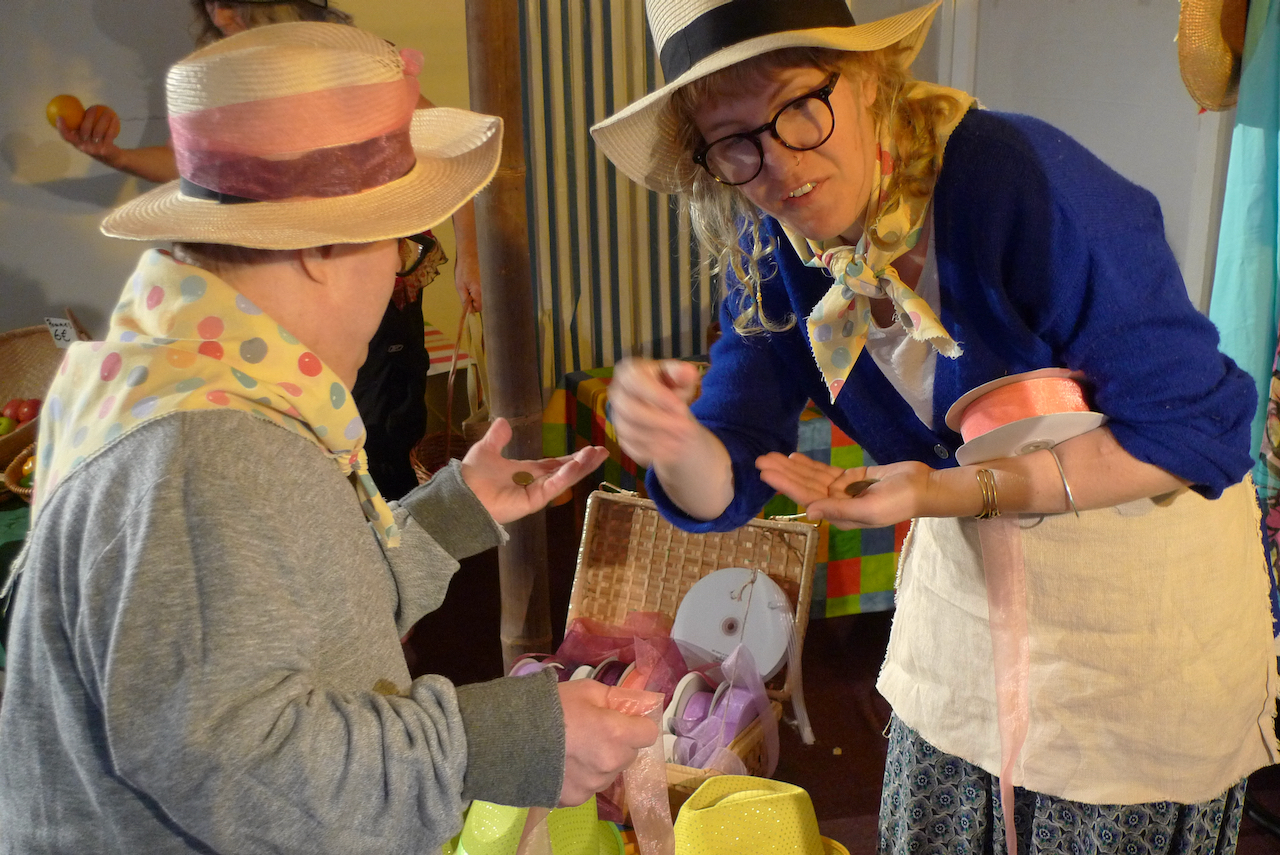
Encourage participants to explore the products available for
purchasing, picking items off the shelves and exploring their textures and
uses.
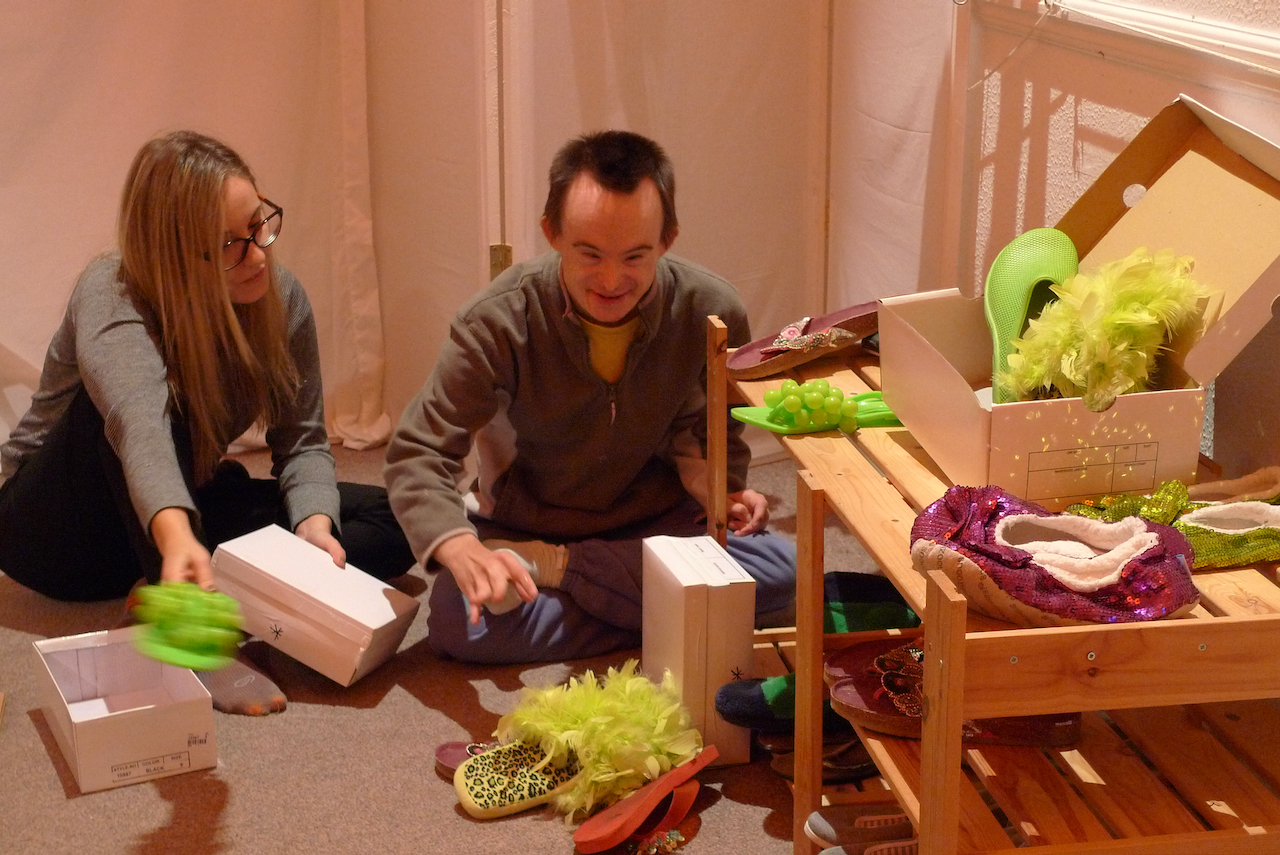
They can try on shoes or clothes. Use mirrors so people can look at their reflections
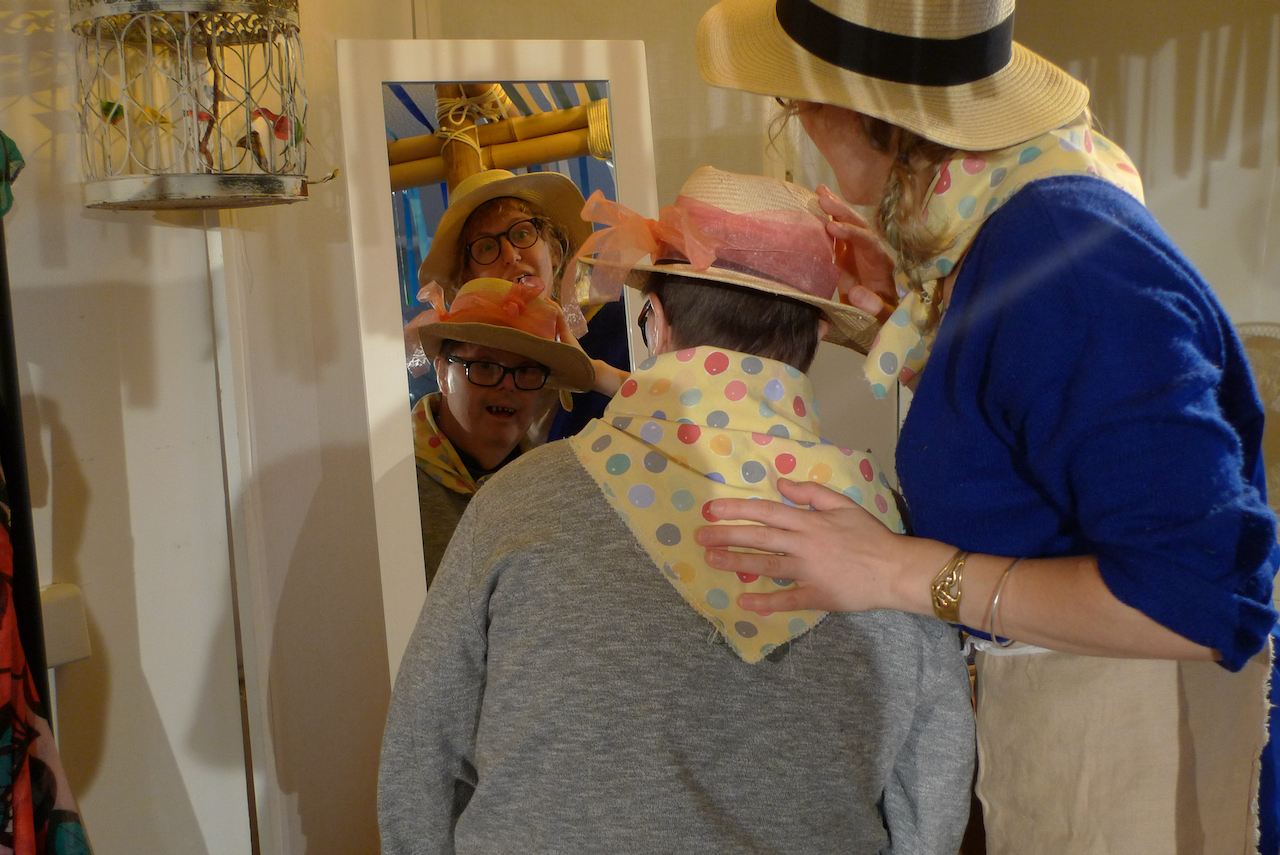
Perhaps there are food samples to taste, drinks to sample, freshly baked bread to smell, or flowers and herbs
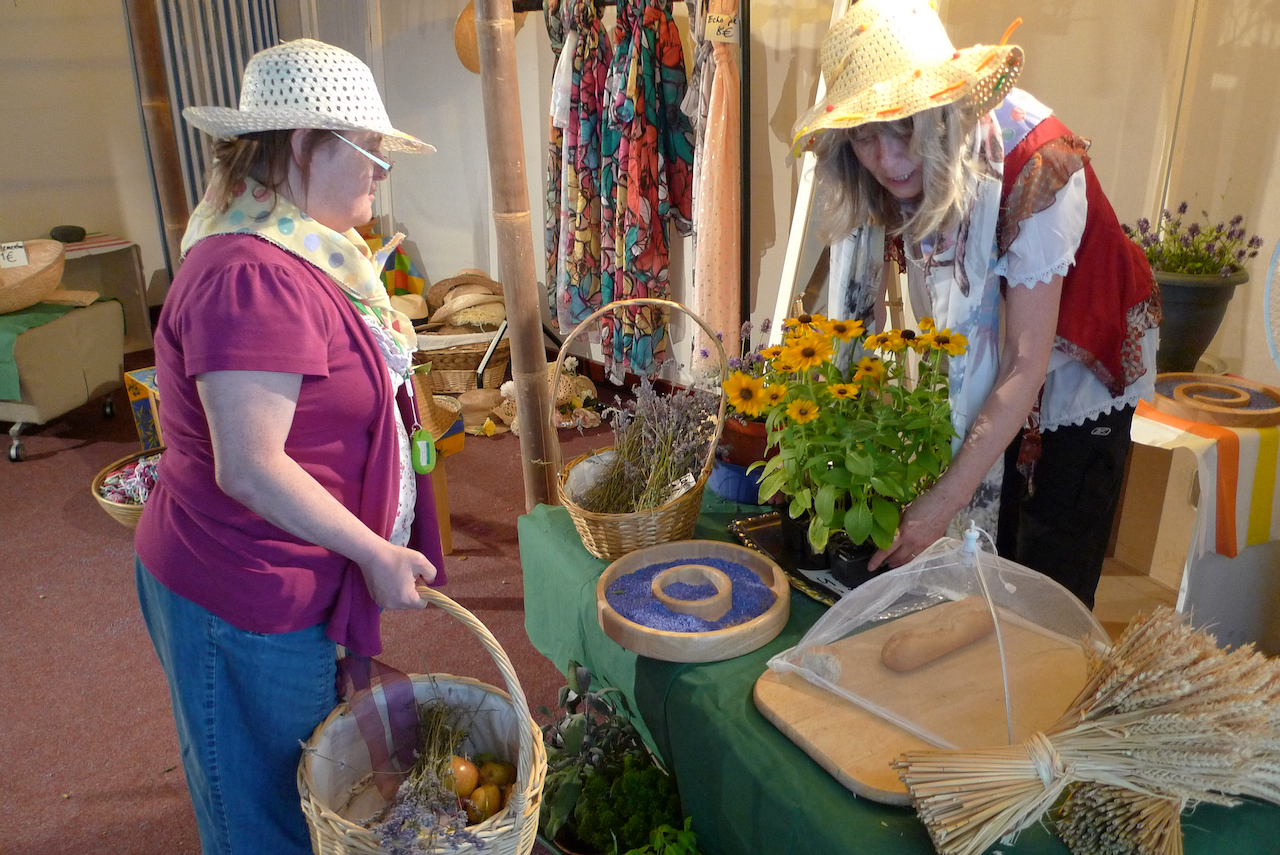
Provide baskets, bags or trolleys so participants can collect items for themselves.

Build in comedy elements, for example use oversized hats, boots, fluffy slippers, that you can view in the mirrors. Or perhaps a practitioner takes on the role of a clumsy member of staff, always falling over and dropping things.

Encourage participants to take on ‘staff’ roles, such as sorting out products, pairing items, stacking shelves, making announcements through a microphone.
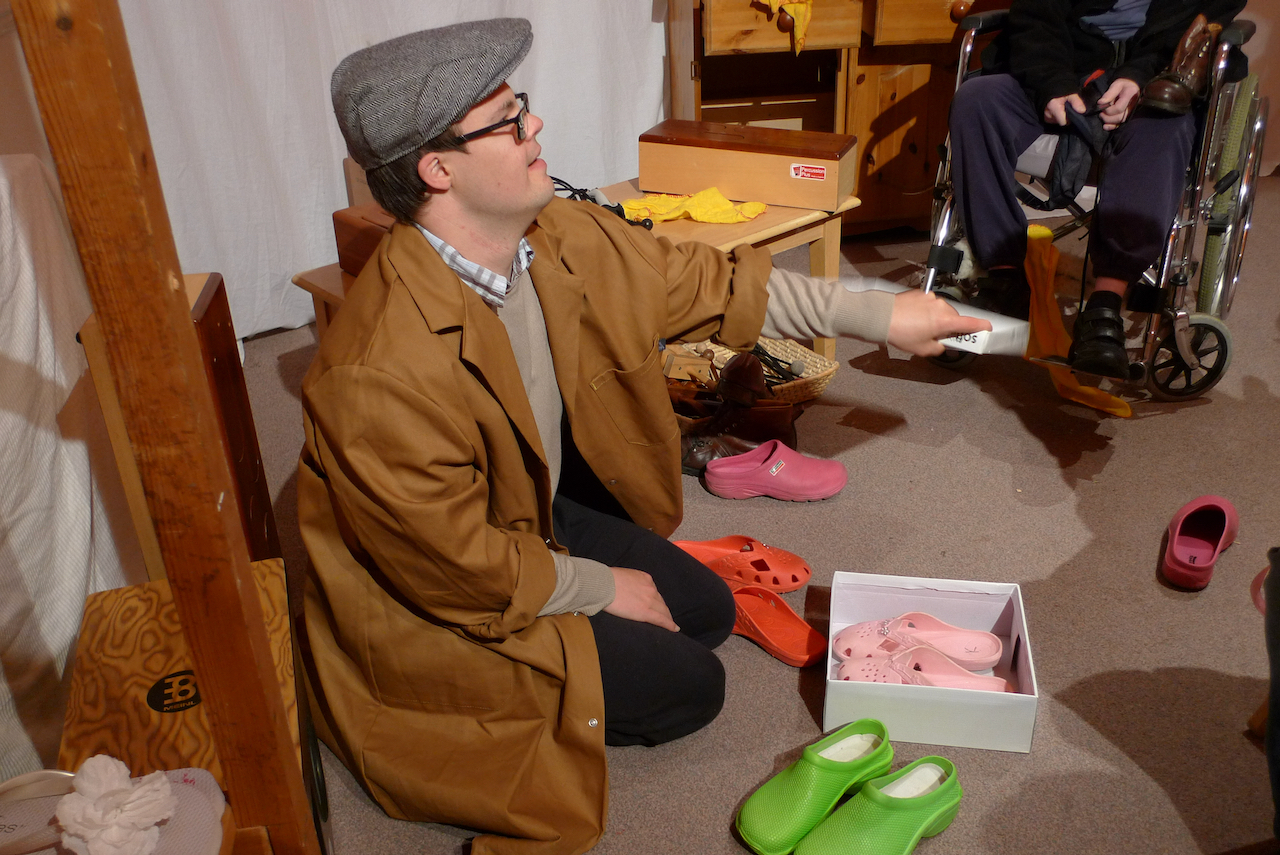
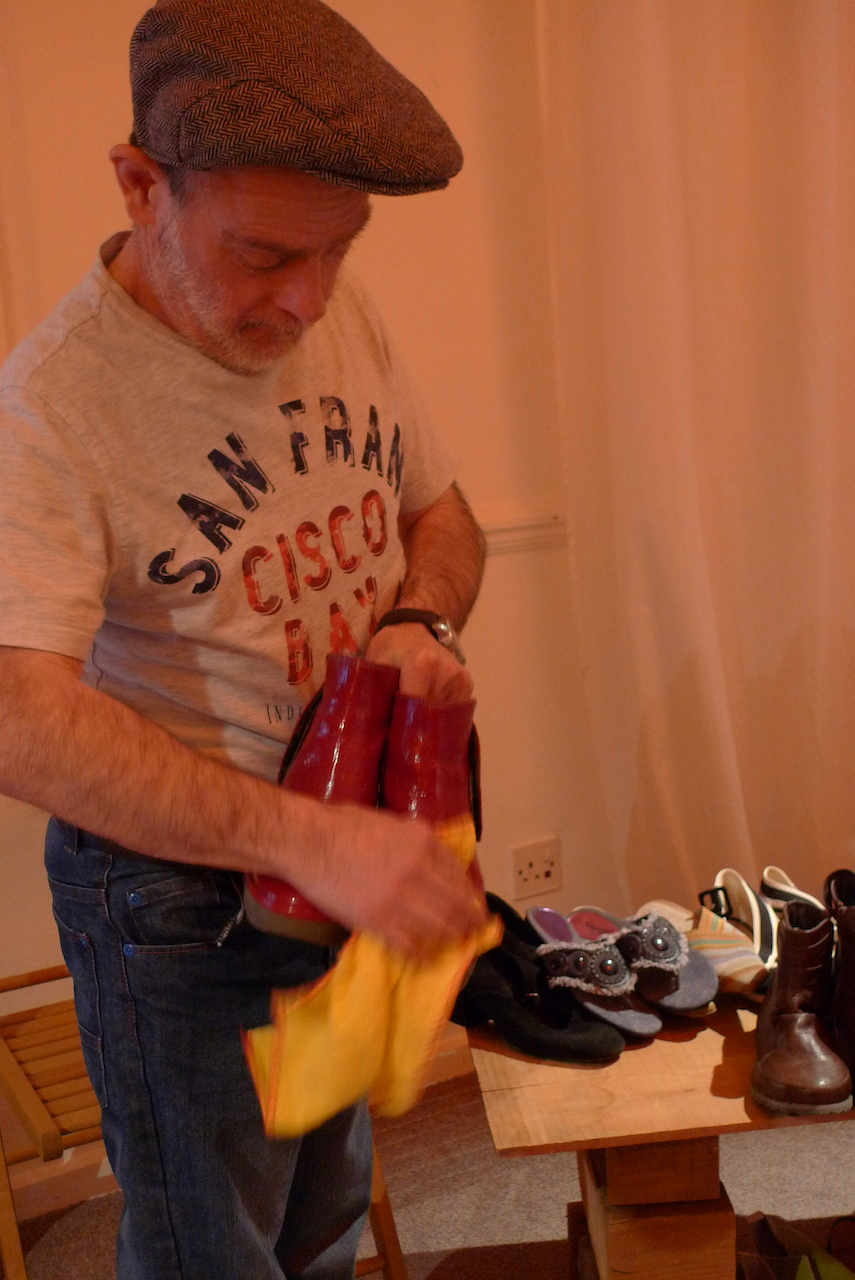
Incorporate
instruments that can enhance an activity, such as using gatos/washboards to mend
shoes, or a wine bottle xylophone in a French cafe.
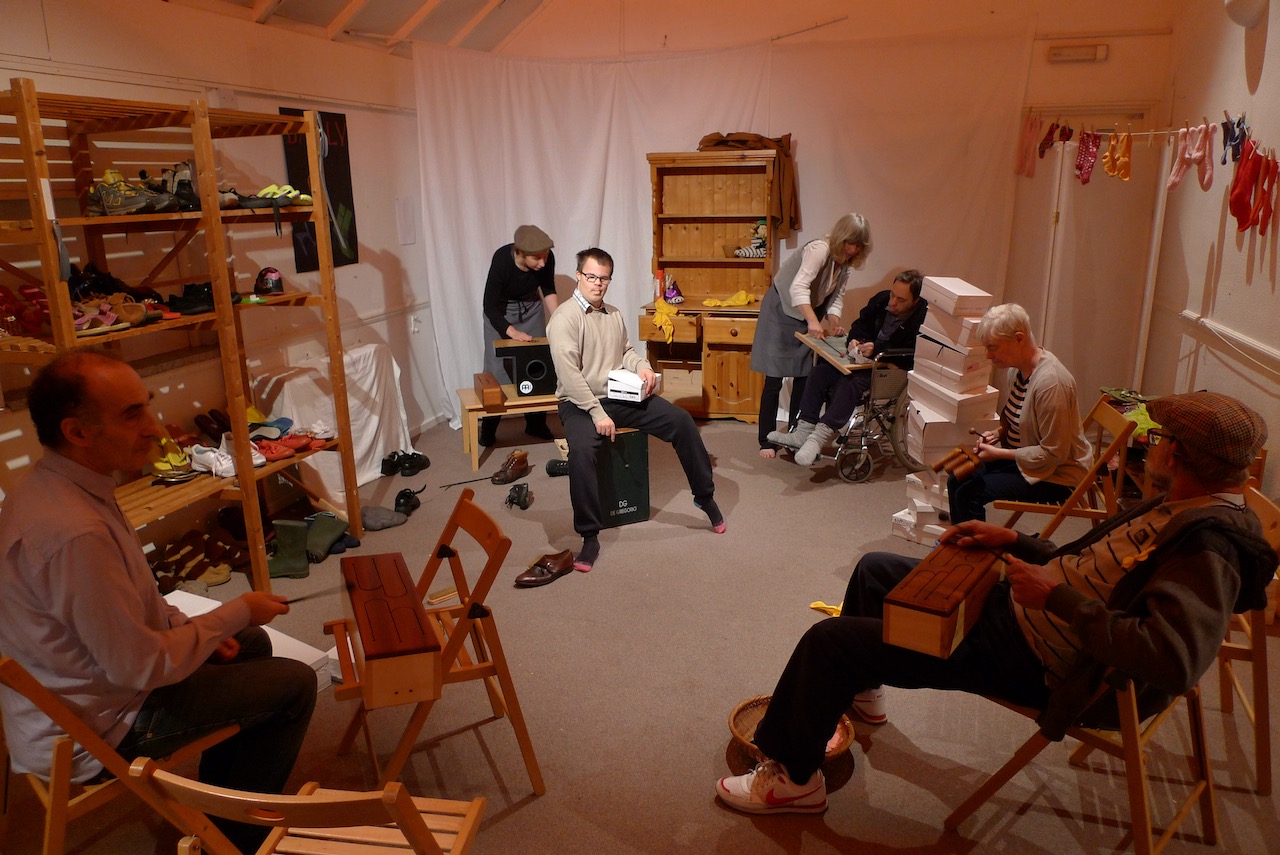
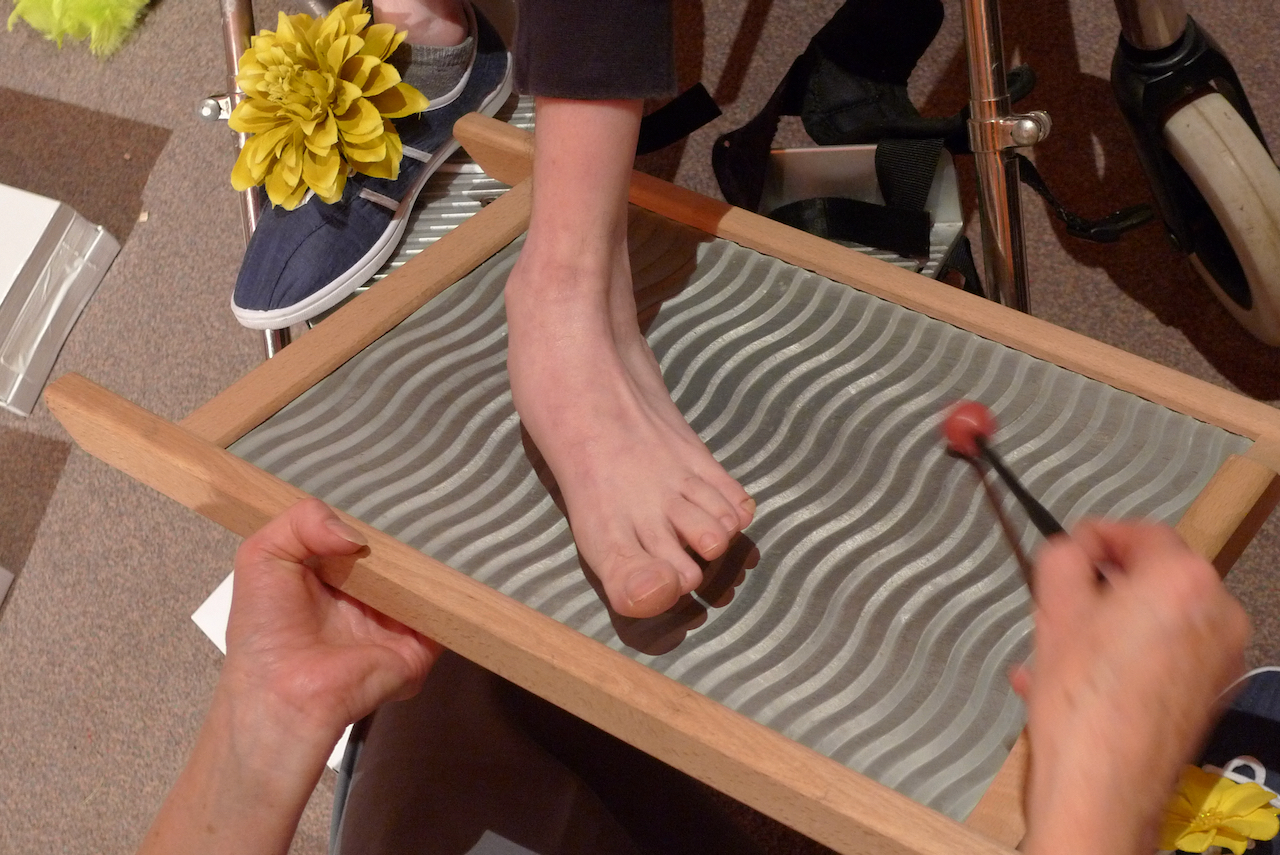
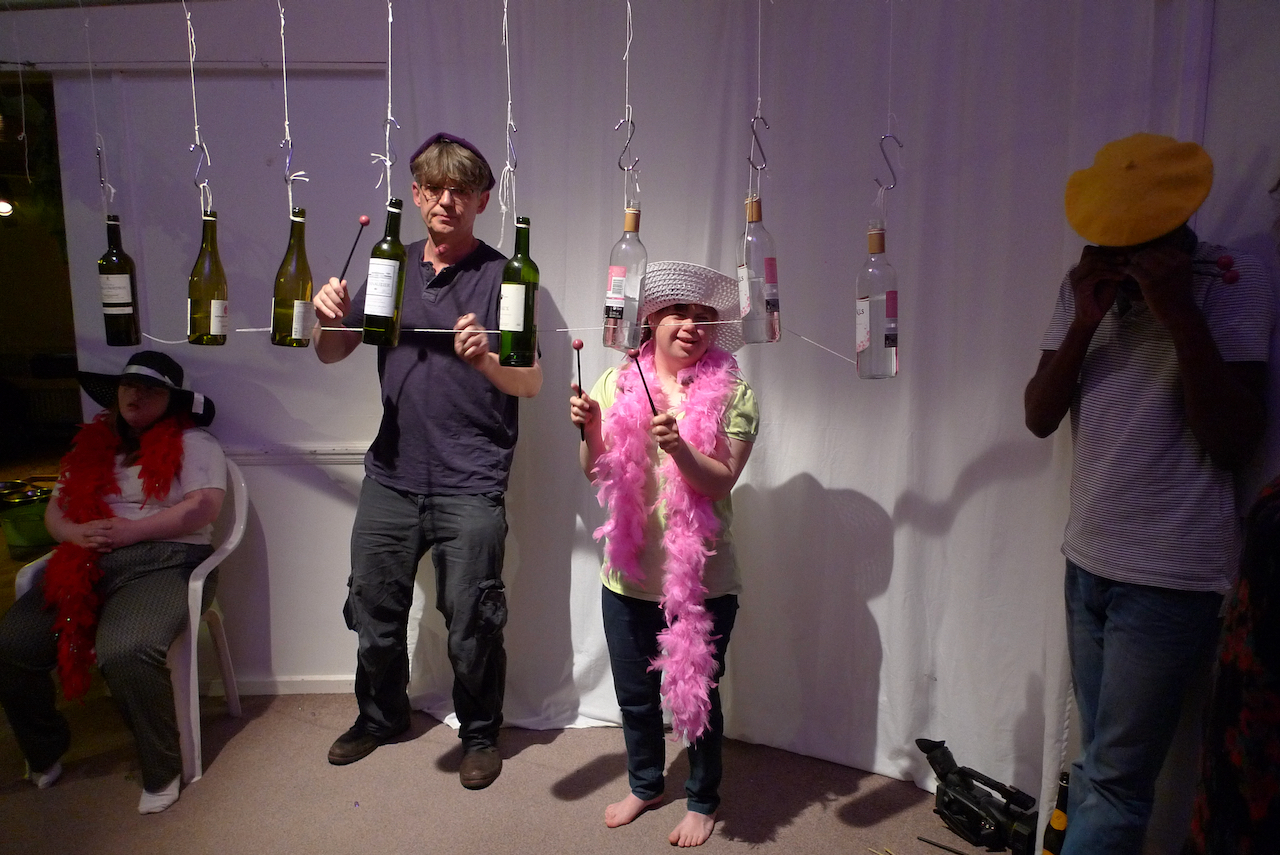
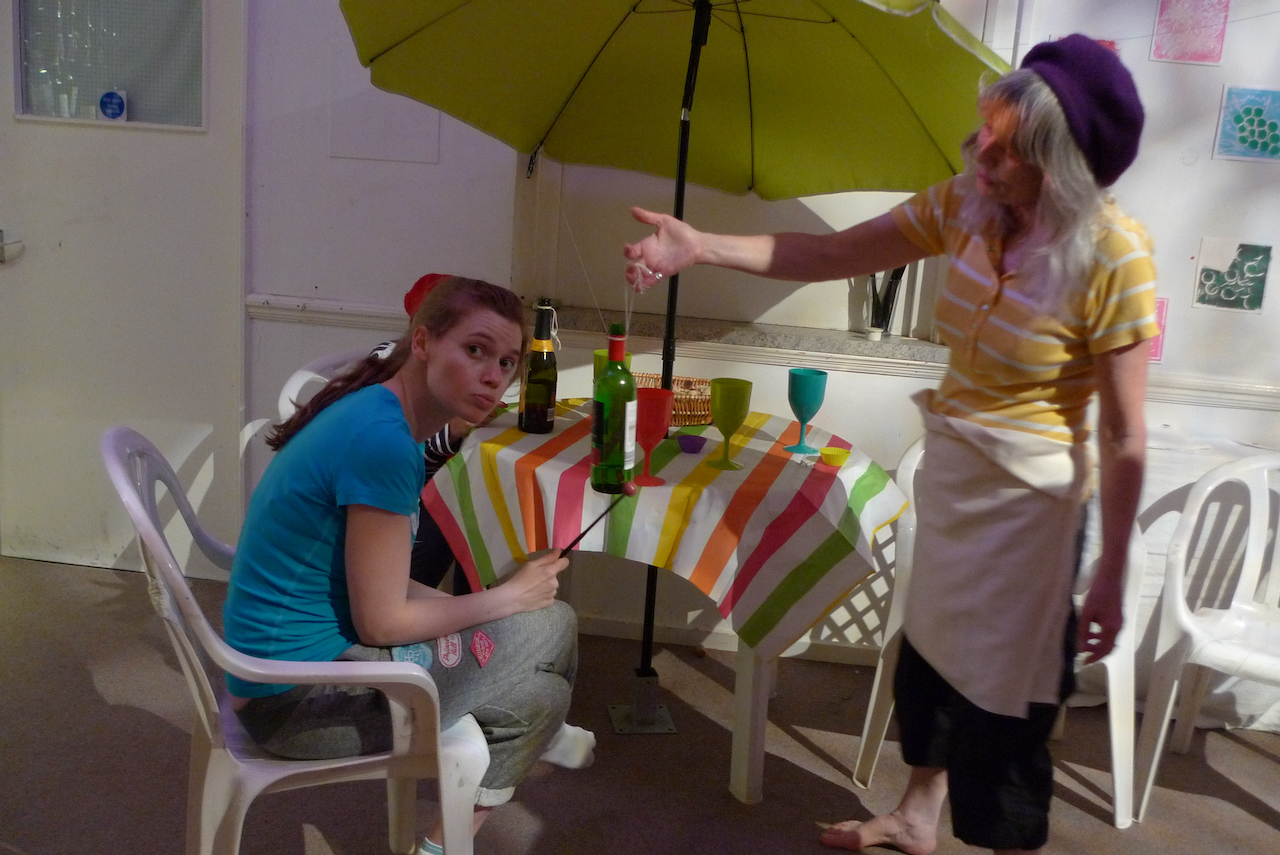
When your shopping trip is over, call a taxi, catch a bus or train perhaps and head off home...happily
